Описание
ВВЕДЕНИЕ ГОВОРИТЕЛЬНЫЕ ПЛАТЫ:
Основные тарелки играют решающую роль в поддержании целостности трубопровода и оптимизации процессов очистки трубопроводов. В качестве ключевого аксессуара для систем свиньи эти пластины предлагают многочисленные преимущества. В этой статье мы рассмотрим основные параметры, функции и преимущества измерения тарелок, предлагаемых EMT, ведущим производителем решений для очистки трубопроводов.
Алюминиевые измерительные пластины используются в сочетании со стальными свиньями для проверки округа трубы и обеспечения отсутствия чрезмерного проникновения сварного шва или мусора внутри трубопровода. При прикреплении к свиньи пластины алюминиевого измерения помогают определить минимальный радиус изгиба перед проведением интеллектуальных пробежек свиньи.
Внешний диаметр (OD) измеряющей пластины обычно варьируется от 90% до 95% внутреннего диаметра трубы. Дополнительные слоты могут быть включены вдоль окружного периметра пластины, чтобы облегчить идентификацию деформаций. Стандартный строительный материал для измерения пластин составляет алюминий толщиной 1/4 дюйма, хотя мягкая сталь также является жизнеспособным вариантом.
Параметры измерения тарелок:
Осматривающие тарелки специально предназначены для размещения различных типов свиней. Эти диски имеют размеры пропорционально внутреннему диаметру трубопровода и могут быть настроены на основе спецификаций клиента. Наиболее распространенным материалом, используемым для измерения тарелок, является алюминий, но сталь также доступна по запросу.
Функции и использование эффектов измерения тарелок:
- Обнаружение аномалий трубопровода: Измеряющие пластины имеют важное значение для обнаружения внутренних ограничений, таких как вмятины, мусор или вне круглые трубы. Эти диски помогают выявить такие проблемы, как чрезмерная овальность трубопровода, вмятины, чрезмерное проникновение сварного шва и потенциально прилипать клапаны во время предварительной заработки.
- Защита трубопровода: Пластины предназначены не для повреждения внутренних органов трубопровода при обнаружении препятствий, что обеспечивает сохранение структурной целостности трубопровода.
- Плавное вход и расширенное расстояние работы: Основные пластины обеспечивают поддержку во время входа в трубопровод, обеспечивая плавную вставку свиньи в трубопровод. Эта поддержка продлевает пробежку свиньи, улучшая общий процесс очистки.
- Увеличение долговечности: Направляющая пластина повышает долговечность как передней пластины, так и чашки, расширяя общую долговечность свиньи.
Особенности и преимущества измерения ТарелкаS:
- Настраиваемые размеры на основе спецификаций клиента
- Совместим с различными типами свиньи, включая пену свиньи
- Изготовлено из высококачественных материалов, таких как алюминий и сталь
- Спроектирован для защиты трубопровода во время процесса обнаружения
- Обеспечивает плавную вставку и расширенное расстояние бега от свиньи
- Увеличивает долговечность свиньи, тем самым снижая затраты на техническое обслуживание
Часто задаваемые вопросы:
Какой материал используется для измерения дисков?
Осматривающие тарелки чаще всего производятся из алюминия.
Можно ли настраивать измерение дисков?
Да, измерение тарелок может быть настроено на основе внутреннего диаметра вашего трубопровода и конкретных требований.
Цель использования измерения тарелок:
Основное использование измерения пластин состоит в том, чтобы работать в сочетании со стальными свиньями в различных применениях трубопровода. Осматривая тарелки, доступные как в алюминиевых, так и в углеродных стальных материалах, обслуживают несколько целей:
1. Проверка округлости Пропустив стальную свинью, оснащенную измеряющей пластиной через трубопровод, любые отклонения от желаемой круглой формы могут быть идентифицированы.
2. Обнаружение проникновения и мусора сварного шва. Свинья, наряду с табличкой, помогает обнаружить любые нарушения или препятствия, которые могут препятствовать работе трубопровода.
3. Подтверждение минимального радиуса изгиба: перед запуском интеллектуальных свиней измельчивые пластины используются для проверки минимального радиуса изгиба трубопровода. Это гарантирует, что трубопровод может вместить проход интеллектуальных свиней без каких -либо проблем.
Таким образом, измерение пластин играет решающую роль в техническом обслуживании и проверке трубопровода, подтверждая круглую трубку, обнаружение проникновения и мусора сварного шва, а также обеспечивая соответствие требованиям минимального радиуса изгиба.
Применение трубопроводных свиней с измерением тарелок
Применение трубопроводных свиней с измерением тарелок распространено в нефтяной промышленности, где они традиционно использовались для очистки трубопроводов с большим диаметром. Тем не менее, в попытке повысить эффективность и снизить затраты, в настоящее время системы сжигания по меньшему диаметру в настоящее время все чаще используются на установках непрерывной и партийной обработки.
Системы свиньи находят применение на различных этапах процесса переноса в промышленности, обрабатывающих различные продукты, такие как смазочные материалы, краски, химические вещества, косметику и пищу. Они служат таким целям, как очистка труб, чтобы предотвратить перекрестное загрязнение во время таких задач, как смазочное масло или смешивание красок. Кроме того, они помогают опустошать трубы в резервуары продукта или перенаправлять компоненты обратно в резервуары для хранения. Как правило, свиньи проводится в начале и в конце каждой партии с случайными операциями в середине партии. Например, во время производства премиксов, используемых в качестве промежуточных компонентов.
Кроме того, трубные свиньи с оценивающими пластинами сыграют важную роль в очистке нефти и газопроводов. «Умные свиньи» специально предназначены для обнаружения утечки, что имеет решающее значение из -за потенциальной взрывчатости и опасностей окружающей среды, связанных с утечками трубопроводов. Как правило, производство не прерывается во время интеллектуальных проверок свиней, хотя некоторые потери продукта могут произойти во время процесса экстракции свиньи. Кроме того, трубопроводные свиньи с оценивающими тарелками используются для разделения различных продуктов в многопродуктивных трубопроводах.
Заключение:
Осматривающие тарелки, доступные в вариантах алюминия и углеродистой стали, используются вместе со стальными свиньями для проверки округлости труб, обнаружения чрезмерного проникновения сварного шва или мусора в трубопроводе и обеспечения соответствия минимальному радиусу изгиба перед интеллектуальными пробегами свиньи. Эти измеряющие пластины имеют внешние диаметры в диапазоне от 90% до 95% внутреннего диаметра трубы. В некоторых случаях слоты могут быть разрезаны по окружному периметру пластины, чтобы облегчить идентификацию деформации. Толщина измерительной пластины зависит от размера свиньи и может быть 1/8 ″, 1/4 ″, 3/8 ″ или 1/2 ″. В то время как стандартным материалом для оценивания тарелок является алюминиевым, также можно использовать сталь.
Гонщики являются незаменимым аксессуаром для эффективных процессов очистки трубопроводов. Используя высококачественные диски EMT, вы можете обнаружить аномалии трубопровода и продлить срок службы вашей системы свиньи. Не идите на компромисс на производительности и долговечности вашего оборудования для очистки трубопровода; Инвестируйте в диски EMT и испытайте разницу в эффективности и долговечности. Свяжитесь с командой экспертов EMT сегодня, чтобы найти идеальное решение для ваших потребностей в очистке трубопроводов.

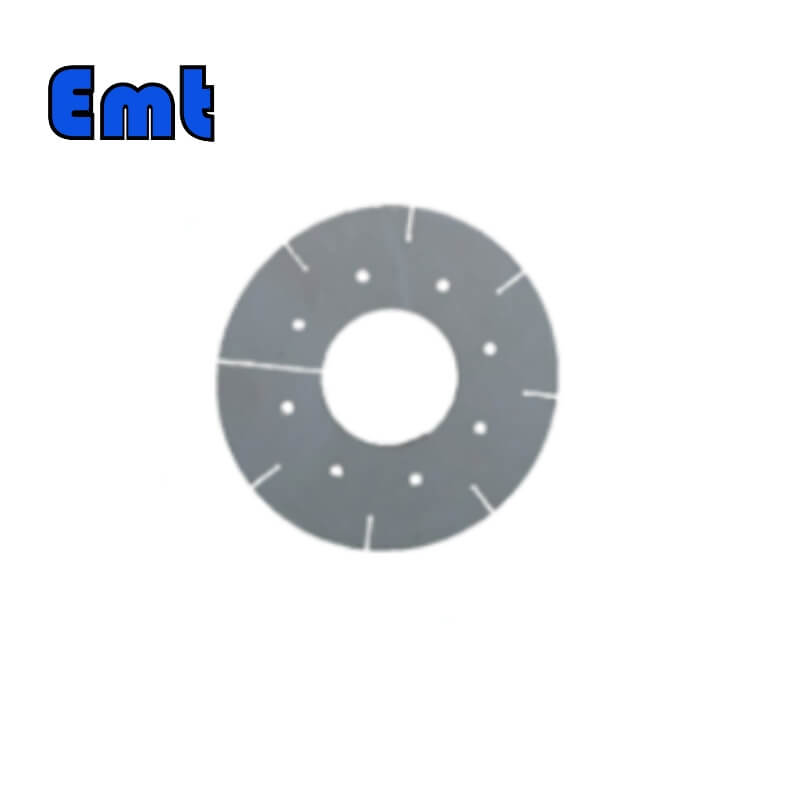
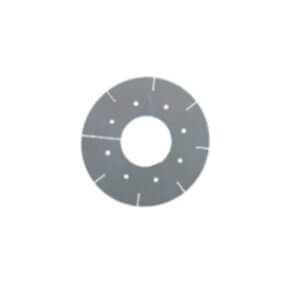
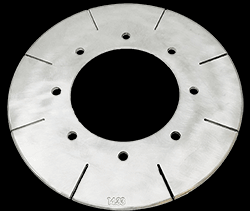
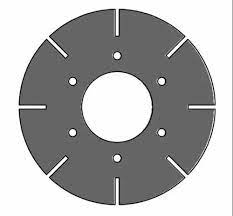
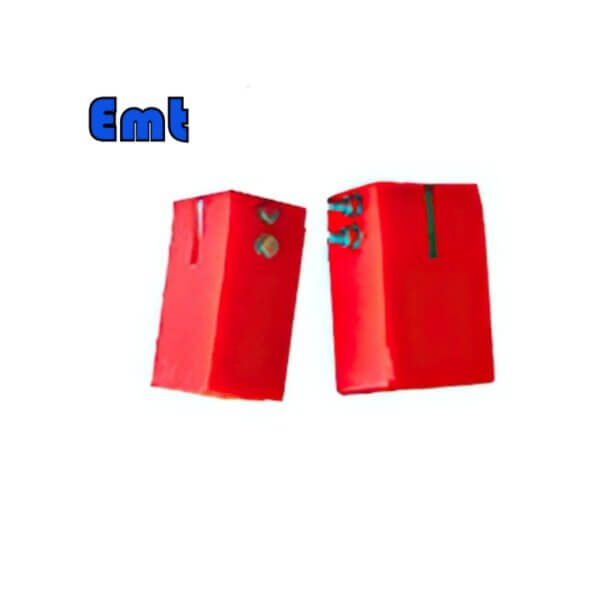
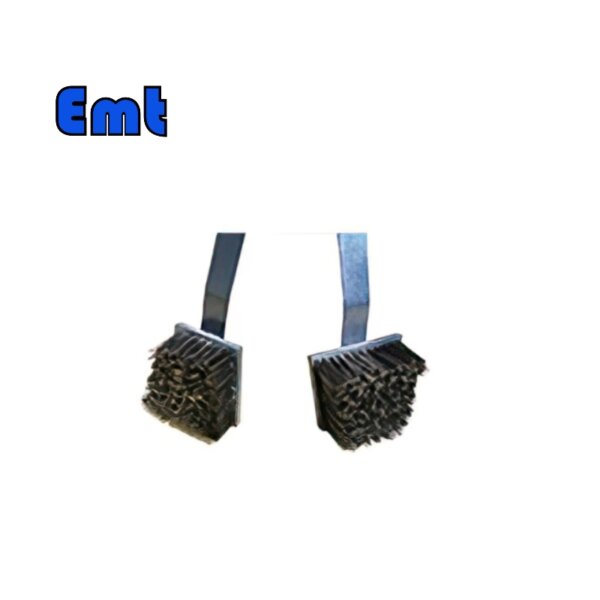
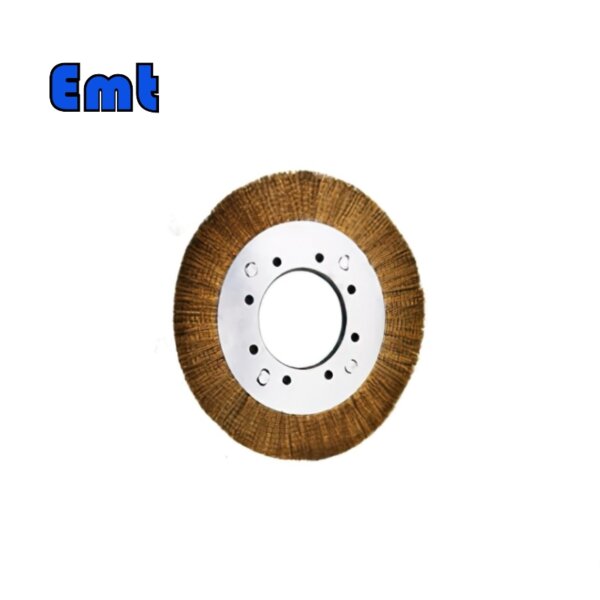
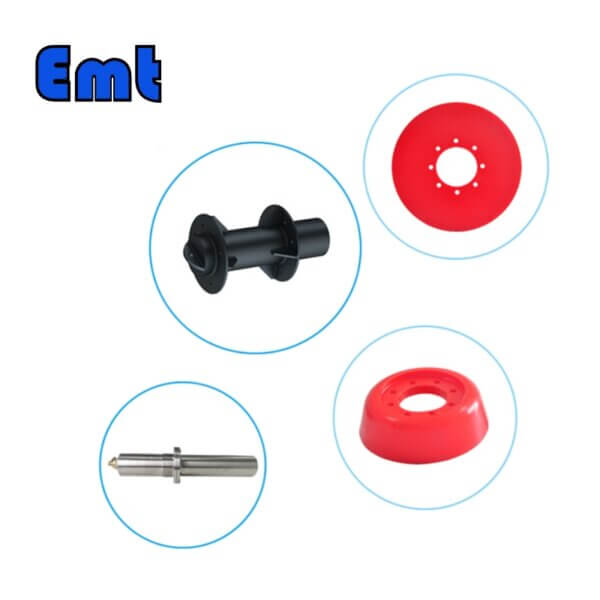
Отзывы
Пока нет отзывов.